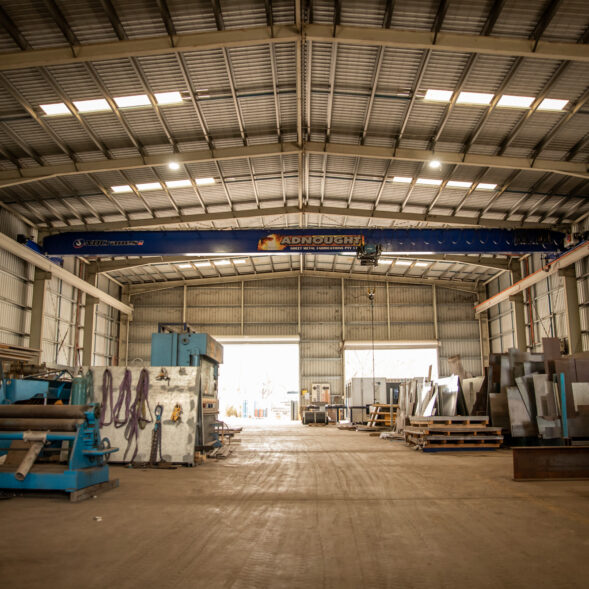Welcome to the August edition of Month in Review
The Australian market appears to be going through a significant transition as the full effect of interest rate increases take hold and prompt some owners – particularly investors – to list their assets for sale ahead of the traditional “Spring Selling Season”.
For example, the Commonwealth Bank reported last week that we had passed peak refinancing figures. The CBA have said the bulk of fixed rate mortgages will roll over between June and December 2023, and borrowers are currently seeking new lending arrangements in anticipation. But refinancing is not always an option for property owners.
Analysis has shown new listings rose nationally by around 1.6 per cent in June and many stakeholders believe this is just the beginning.
What’s perhaps most significant is the rise in the number of investors among those vendors looking to sell their assets. We’ve seen analysis this month showing that new listings from investors nationally are tracking higher than they were both 12 months ago and pre-COVID.
Rising interest rates have played a major role in eroding net returns on property investments, as have increases in taxation and compliance. Many landlords appear to have reached their limit and have decided now is the time to release equity from their residential assets and redeploy the capital to a vehicle with better margins.
Looking to the rural sector and demand for property remains strong, particularly for A-grade large scale rural assets, but after several years of price growth, we could be on the verge of those gains losing steam. The rural sector does encompass a multitude of primary production operations often affected differently by various drivers. That said, the rural property sector will well worth monitoring over the near term.
Another sector which is showing initial signs of a change is industrial property investment. Seemingly unbridled price growth throughout the past few years is beginning to attenuate according to many of our contributors this month. Demand for industrial space remained buoyant post-pandemic. The net result saw prices continue to rise and yields tighten. But a look through this month’s submissions suggests we could be at the start of a moderation in activity.
It’s worth noting the Westpac-Melbourne Institute of Consumer Sentiment index dipped again heading into August. As this lack of confidence filters through, industrial asset owners are carrying more risk with some tenants’ businesses likely to be tested should the economy tighten. According to our teams, buyers are beginning to factor this into their offers, particularly for less-than-prime stock. What this also tells me is that portfolio managers who hold industrial assets should be cautious about their valuations over the next 12 months.
The best way to mitigate any risks and ensure a robust balance sheet will be to use independent, highly specialised professionals to assess asset values.
Gary Brinkworth
CEO











